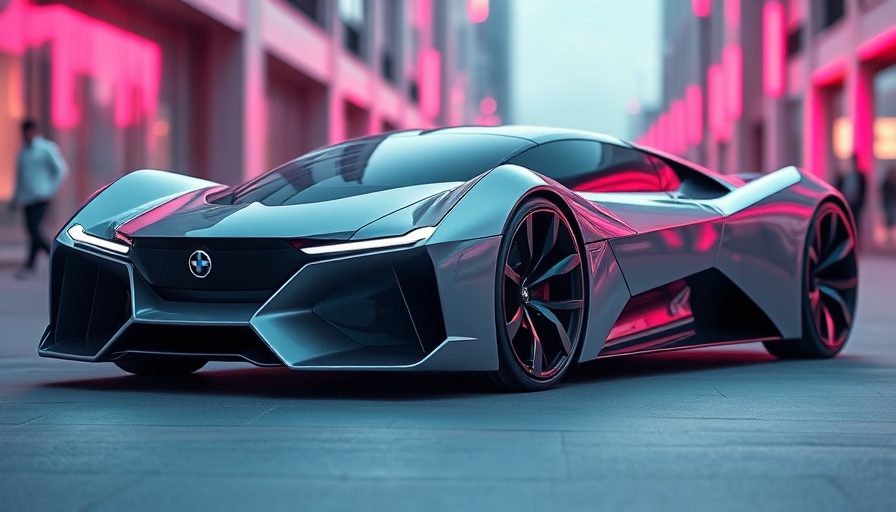
The Impetus Behind Jaguar’s Bold Rebrand
The automotive industry is witnessing unprecedented transformation, driven not only by technology but also by shifting consumer preferences. Jaguar’s decision to pivot towards electric vehicles (EVs) signifies more than just a change in product—it is a necessary response to an evolving market where sustainability and innovation reign supreme. The legacy brand, once synonymous with opulent British craftsmanship, recognized an urgent need to remain relevant in a landscape increasingly dominated by younger, tech-savvy consumers.
Navigating the Rich Waters of History and Modernity
Jaguar’s historical legacy, while substantial, has become a double-edged sword. As the market landscape changed with the advent of younger players like Tesla, Aurora, and others, Jaguar had to grapple with the challenge of shedding its image as a brand only for an older demographic. Its rebranding is more than artistically refreshing the logo or adjusting marketing—it's about aligning the brand's core values and vision with the realities of modern car ownership. The bold embrace of fully electric technology also speaks to a broader trend of sustainability in transportation, capturing the ethos of a new generation.
Lessons from Other Brands: A Shift Done Right
This is not the first time that a prominent automotive brand has attempted a significant rebranding. Looking back to Skoda’s successful evolution after its acquisition by Volkswagen, we can see a roadmap of sorts for Jaguar. Rather than completely forsaking their identity, Skoda adapted and flourished under new management. Jaguar, however, is taking a more radical approach—completely rejecting its century-old internal combustion engine model in favor of a clean slate powered by electric technology.
The Forecast: How Jaguar’s Strategy Affects the Automotive Ecosystem
As Jaguar ventures into the world of electric and autonomous vehicles, it’s essential to ponder how this strategy will reverberate through the automotive sector. Instead of merely competing within the auto industry, Jaguar is entering a blended ecosystem comprising hospitality, entertainment, and finance. This ambitious mission underscores its understanding that automotive brands must adapt to the multi-faceted lifestyles of modern consumers. EVs are not just cars anymore; they embody a lifestyle enhancement that aligns with luxury and sustainability.
Future Trends: What Lies Ahead for Jaguar?
The implications of Jaguar’s rebranding extend far beyond its own corporate walls. As the company moves forward, it could serve as a trendsetter for how legacy brands adapt to outside pressures and internal challenges. The automotive landscape will likely continue to experience these disruptive forces, pushing traditional companies to reformulate their strategies. The success of such transformations will be essential in determining Jaguar's future as a leader or as a relic of a bygone era.
Concluding Thoughts
Jaguar has made a monumental shift that reflects not just a reinvention of brand identity but a necessary evolution responding to contemporary demands for sustainability and innovation. In doing so, it faces challenges—and thus opportunities—that could shape the future of the automotive industry. As dealership owners and general managers, it's vital to observe how these shifts translate into market trends, strategizing accordingly to stay ahead in a rapidly changing environment.
 Add Row
Add Row  Add
Add 

 Add Row
Add Row  Add Element
Add Element 




Write A Comment